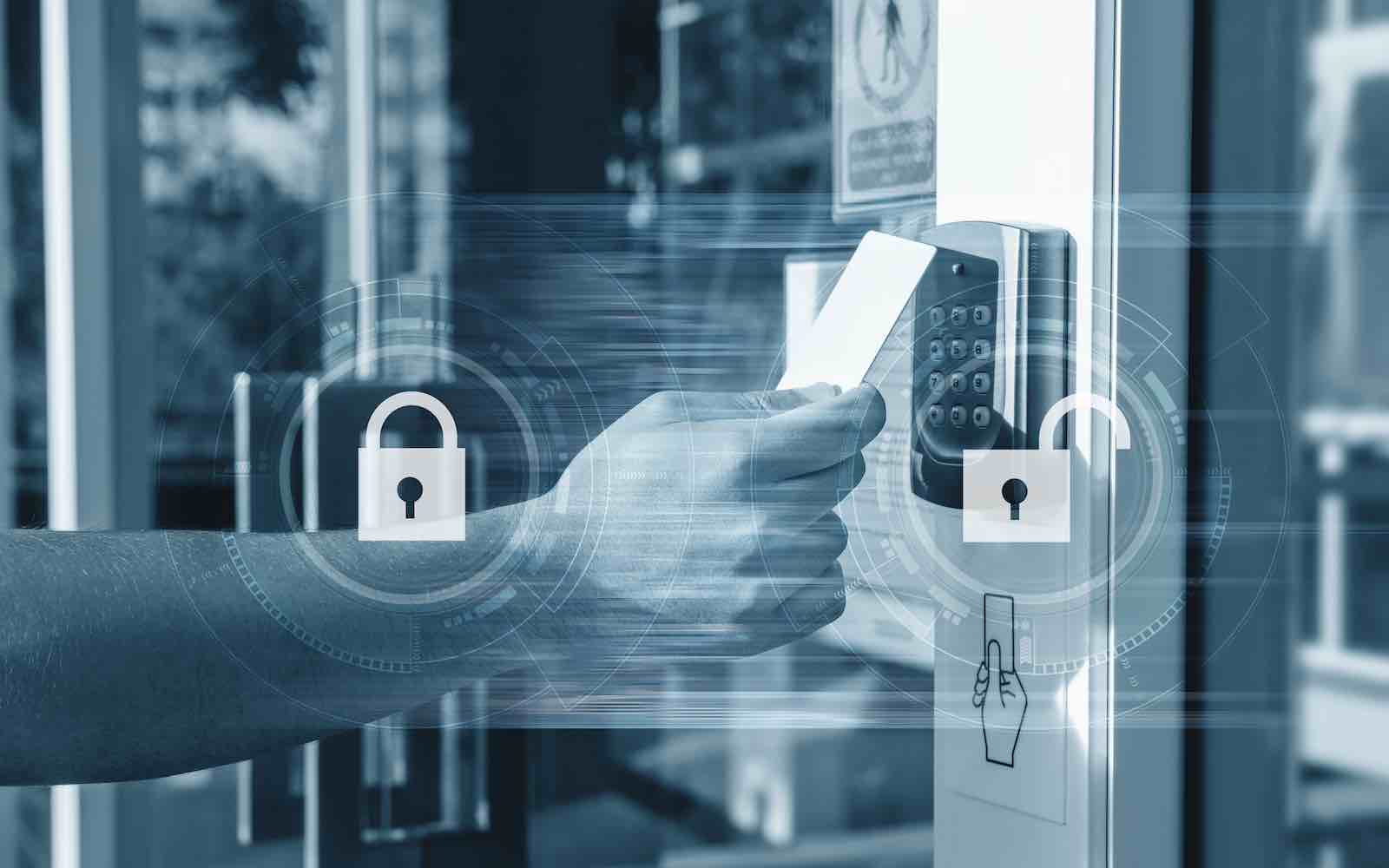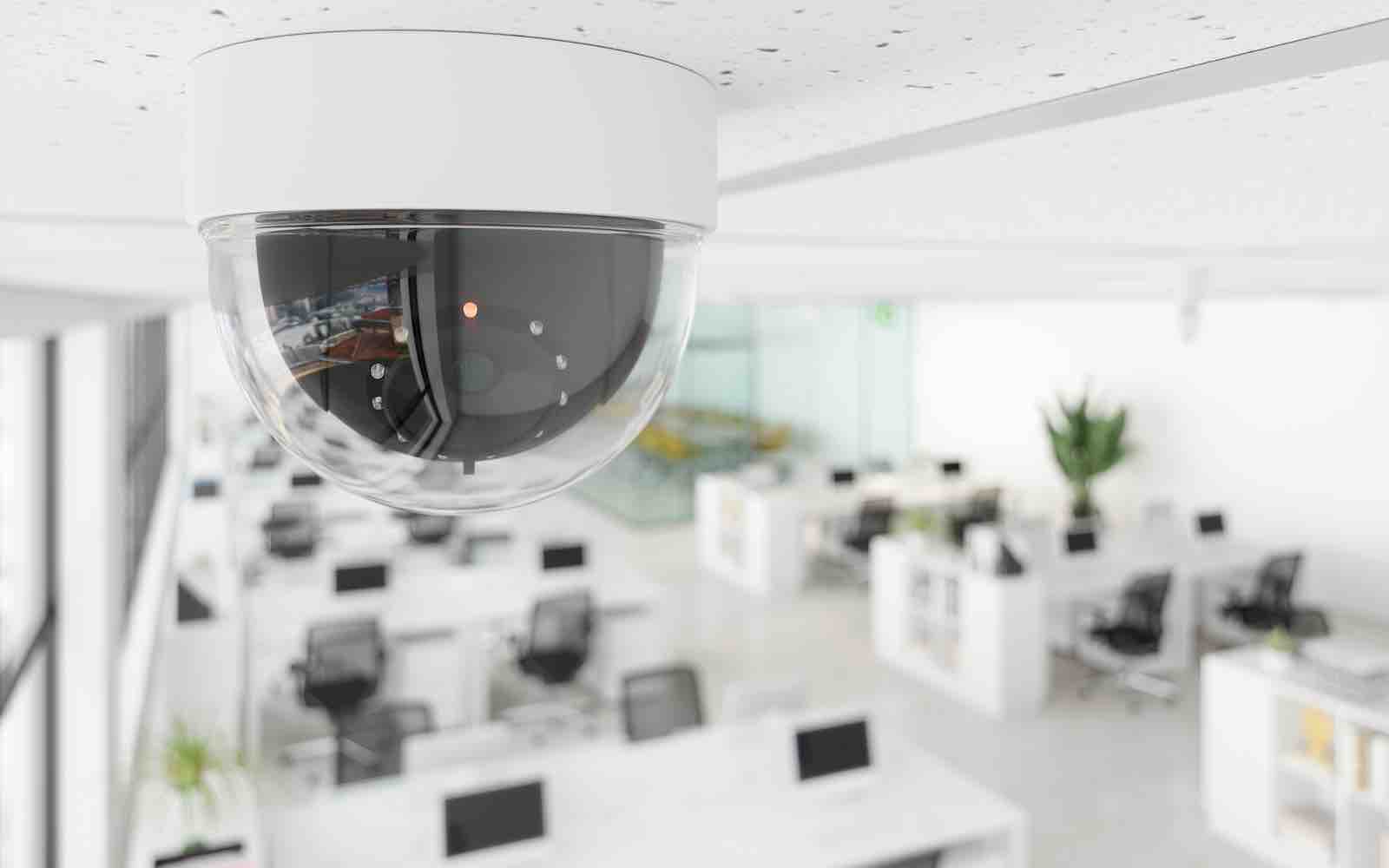Many families include aging adults whose needs are increasing, yet still have the need and desire for independence and autonomy. Personal care of loved ones is a huge concern and families struggle with wanting to provide the best and safest care and oversight possible while still preserving freedom and dignity. Increasingly, home automation and home security technologies are making the way in the delivery of care by providing enabling technologies for something called Ambient Assisted Living.
It’s Technology Reaching Out and Reaching In
If you have not heard of Ambient Assisted Living, let us explain. It’s the employment of technologies and systems that allow extended independent living while enhancing care and quality of life. This process was traditionally in nursing homes and hospitals and involved anything that enhanced care and enabled patients to do more on their own where it was possible. Now, home automation and security systems are being used as ambient assisted living systems, or AALS, which are used as extensions of care. This allows many individuals to continue to live in their own homes, sometimes indefinitely.
Smart Home Technology and Ambient Assisted Living
Smart home technology is a broad term. When used, it generally includes both home security and home automation technologies. When used for Ambient Assisted Living applications, the ultimate goal is to increase accessibility, security, comfort, safety, and social interactions while providing loved ones with more tools to ensure the best possible care.
Living Well with Smart Home Technologies
Until not so long ago, smart home technologies were associated with science fiction. Today, with rapid technological development and widespread adoption, the technologies are being used in support of ambient assisted living. Here are some of the ways it is being used.
- Increased Socialization. As we age, leaving the home becomes increasingly difficult and sometimes impossible. Yet our need for social interaction does not decrease. Studies show that social engagement has a positive impact on both physical and mental health. It helps fight depression, lowers blood pressure, improves memory, encourages physical activity and much more. Home automation helps keep seniors connect to loved ones, simplifies the use of many technologies that enhance communication and the delivery of information that keeps them connected to world events. Maintaining social awareness is related to having a social presence which gives us a feeling of purpose.
- Home automation is personally adaptive. Depending on the level of need or desire, home automation technologies are adaptable to a wide range of needs that help the senior, and their loved ones who are helping provide care and support. For example, many tasks such as turning on and off lights, locking doors, and turning off or on appliances can be done through home automation, eliminating the tasks to help those with physical limitations or memory concerns. Technologies can be integrated so lighting can signal a visitor at the door for those who are hearing impaired.
- It facilitates better care. For caregivers, security sensors can send alerts of doors open at unexpected times, letting them know to check security cameras. A lack of activity could also indicate an immediate need, even if the senior did not use a personal safety device. This personalized and context-driven application helps ensure the early detection of problems which triggers earlier emergency or medical interventions.
Our loved ones want to stay in their homes and enjoy an independent life as long as possible. Today, it can be achieved safely and conveniently using home automation and home security technologies. Guardme Security is family owned and operated and care for every customer as if they were members of our own family. If you have any questions about home automation and ambient assisted living, please give us a call today.



